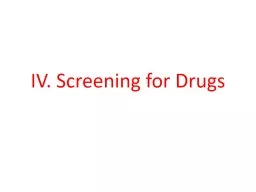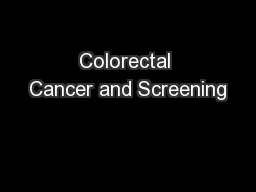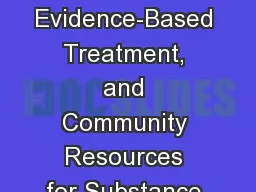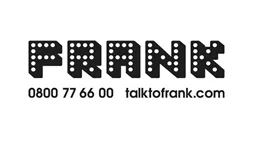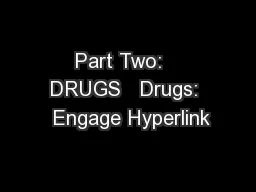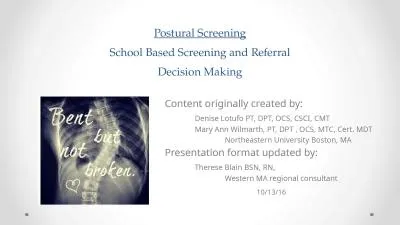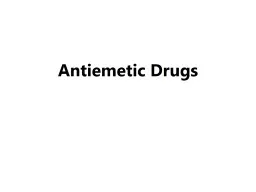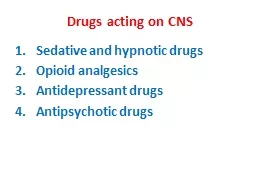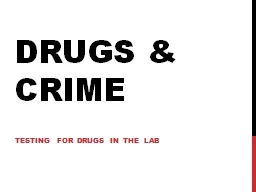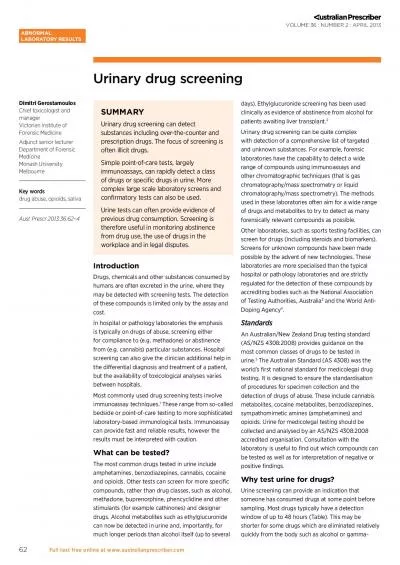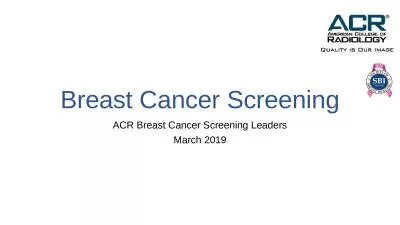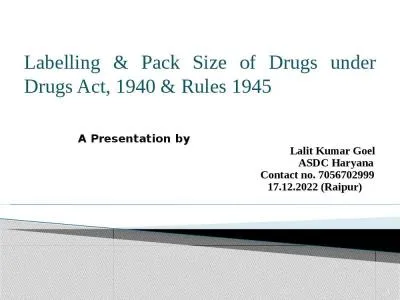PPT-IV. Screening for Drugs
Author : min-jolicoeur | Published Date : 2017-10-27
1 Color Tests presumptive Narrows down type of drug Fast Simple Cannot be used in court Color Test Drug Positive Result 1 Marquis
Presentation Embed Code
Download Presentation
Download Presentation The PPT/PDF document "IV. Screening for Drugs" is the property of its rightful owner. Permission is granted to download and print the materials on this website for personal, non-commercial use only, and to display it on your personal computer provided you do not modify the materials and that you retain all copyright notices contained in the materials. By downloading content from our website, you accept the terms of this agreement.
IV. Screening for Drugs: Transcript
Download Rules Of Document
"IV. Screening for Drugs"The content belongs to its owner. You may download and print it for personal use, without modification, and keep all copyright notices. By downloading, you agree to these terms.
Related Documents

